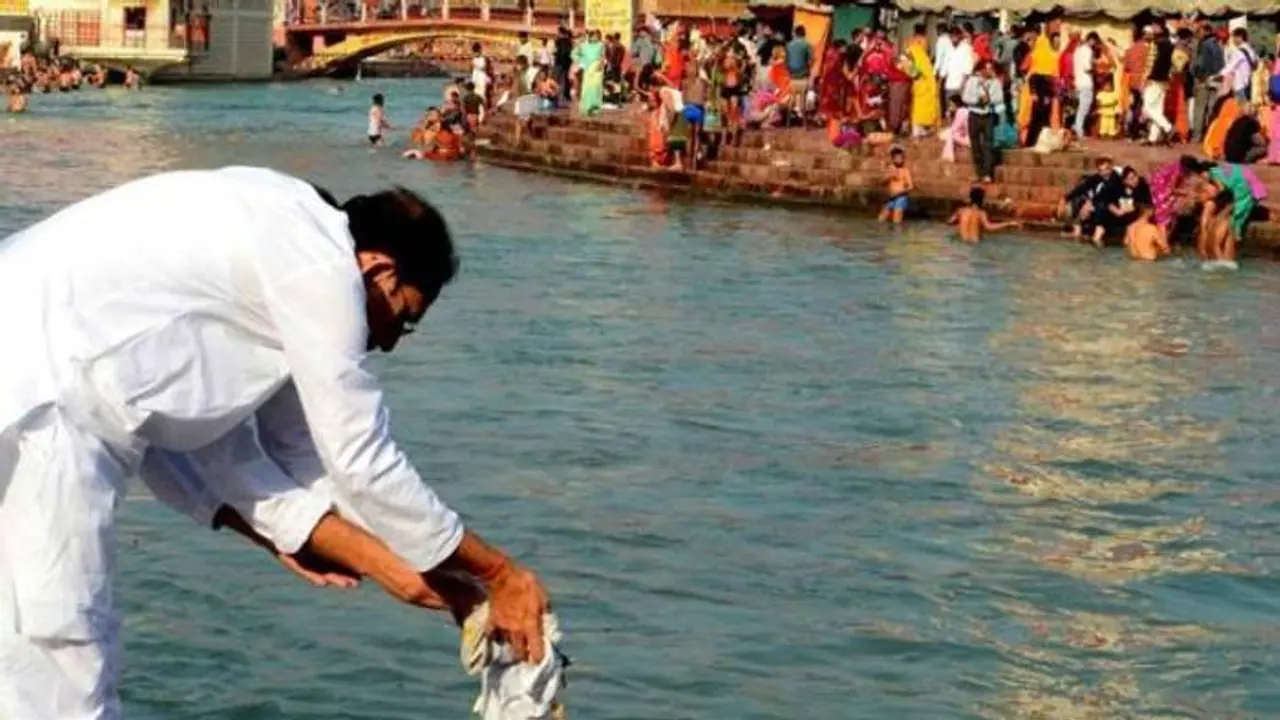This article explains the Hindu tradition of immersing the ashes of the dead in holy rivers, particularly the Ganges, three days after cremation. It draws insights from the Garuda Purana, a Hindu scripture, to shed light on the significance of this ritual.
Hinduism is rich with traditions and customs that are followed from birth to death. Numerous rituals are performed, especially after a person passes away. These rituals vary among different communities. After performing their customary last rites, the bodies are cremated. It is a known fact that the ashes of the deceased are then collected and immersed in the Ganges River.

But do you know why the ashes of the dead are collected after 3 days and then immersed in holy water after three days? The secret to this lies in the Garuda Purana, says Pandit Hitendra Kumar Sharma, an astrologer and Vastu consultant from Bhopal.
Speaking about this, he said, “You must have heard and read about Garuda Purana. It is one of the 18 Puranas. It contains many stories and traditions from birth to death. The ashes collected after the last rites are immersed in holy water bodies on the third, seventh, and ninth days after death. Mostly, the ashes will be immersed in the Ganges River within 10 days. Apart from the Ganges, ashes can also be immersed in rivers like Narmada, Godavari, Krishna, and Brahmaputra.
Our body is made up of five elements and after cremation, the body is absorbed into the five elements. The Gita says that the soul is indestructible, so it is believed that by immersing the ashes in holy rivers after the last rites, the soul attains peace. The Garuda Purana says that by doing so, one attains liberation from this world,” he said.
